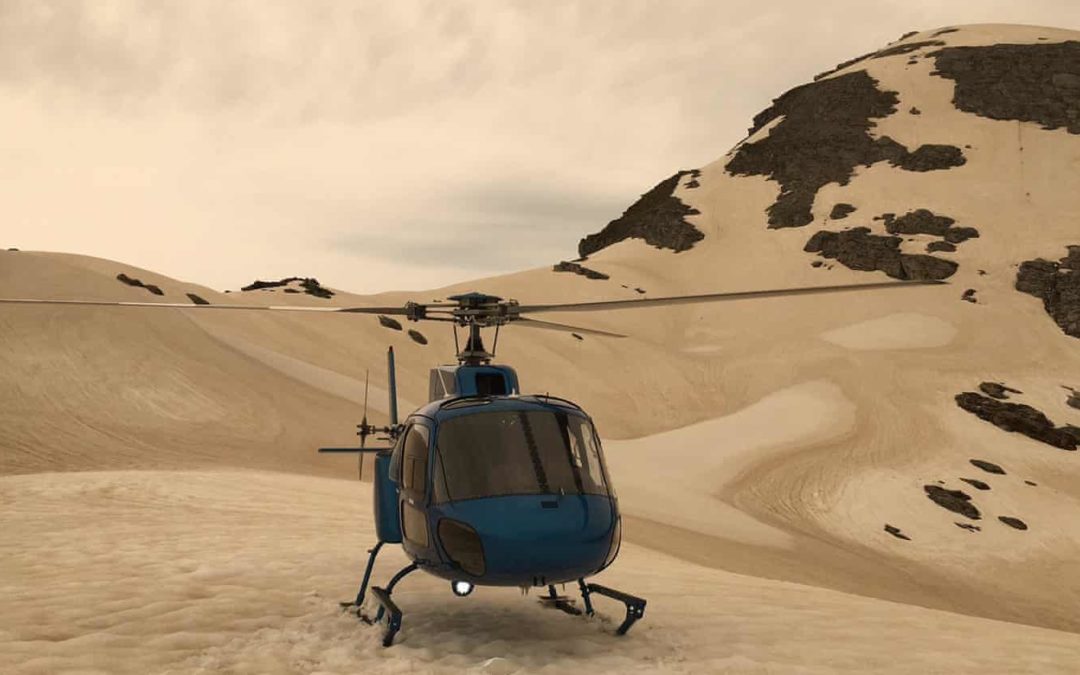SOURCE: The Guardian
DATE: January 1, 2020
SNIP: Snow and glaciers in New Zealand have turned brown after being exposed to dust from the Australian bushfires, with one expert saying the incident could increase glacier melt this season by as much as 30%.
On Wednesday many parts of the South Island woke up to an orange haze and red sun, after smoke from the Victorian and New South Wales blazes drifted east on Tuesday night, smothering many parts of the island for most of the day.
On Thursday, pictures taken from the Southern Alps showed the smoke haze carrying particles of dust had tinged snow-capped mountain peaks and glaciers a shade of caramel, with former prime minister Helen Clark expressing concern for the long-lasting environmental impacts on the mountains.
“Impact of ash on glaciers is likely to accelerate melting,” Clark tweeted. “How one country’s tragedy has spillover effects.”
There are more than 3,000 glaciers in New Zealand and since the 1970s scientists have recorded them shrinking by nearly a third, with current estimates predicting they will disappear entirely by the end of the century.
Professor Andrew Mackintosh is head of the school of earth, atmosphere and environment at Monash University, and the former director of the Antarctic Research Centre.
He said in nearly two decades of studying glaciers in New Zealand he had never seen such a quantity of dust transported across the Tasman, and the current event had the potential to increase this season’s glacier melt by 20-30%, although Mackintosh stressed this was no more than an estimate.
Mackintosh said the whiteness of snow and ice reflected the sun’s heat, and slowed melting. But when this whiteness was obscured the glacier could melt at a faster rate.

